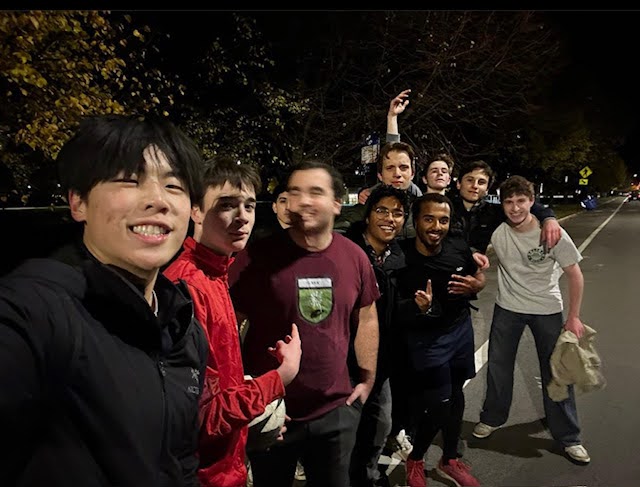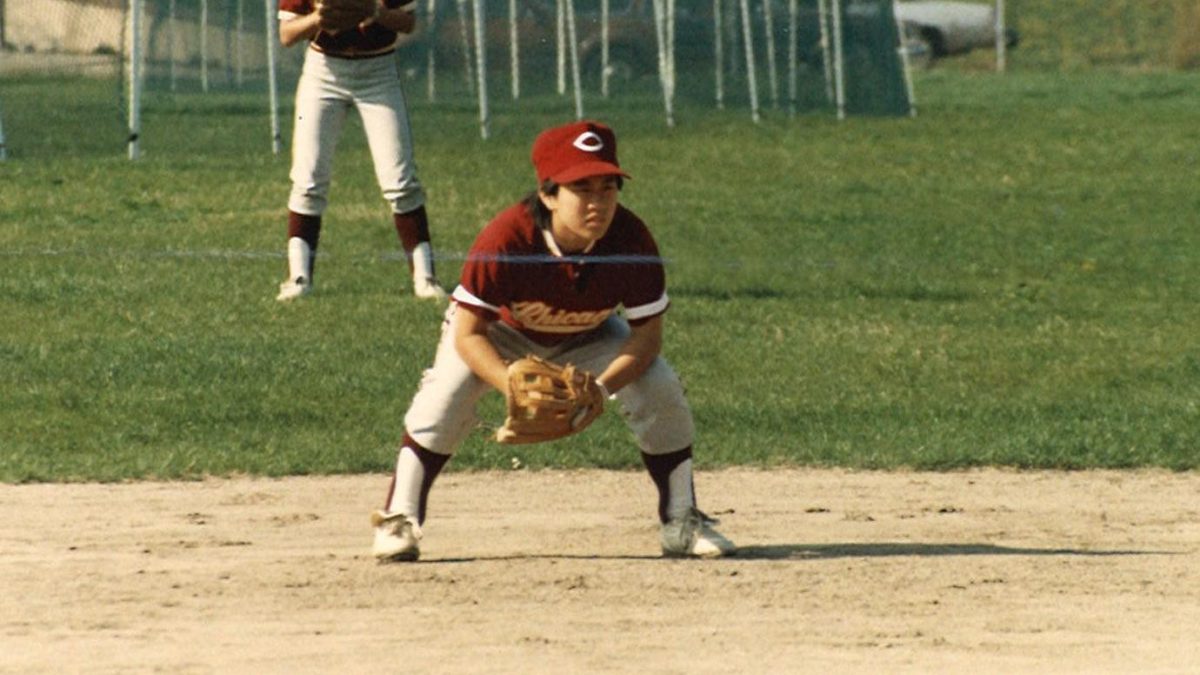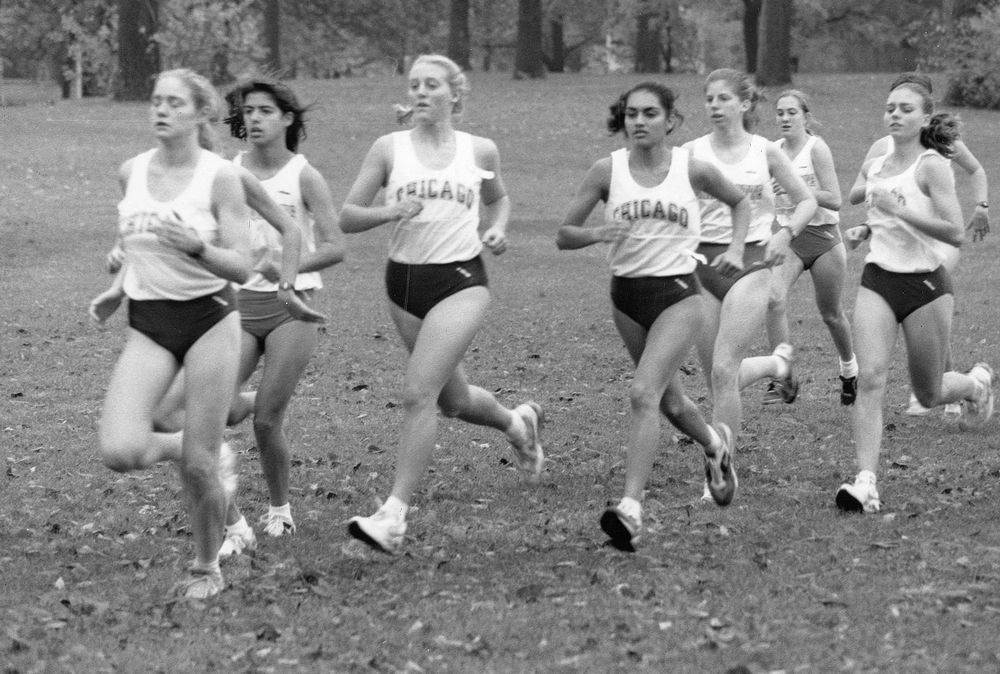Athletics at the University often get pushed to the sidelines of campus activities by other aspects of the life of the mind, but still waters run deep. Proud wearers of the maroon and white extend far beyond the teams suiting up at Stagg, with club squads like men’s and women’s crew logging in plenty of practice hours and seeking some of the best competition that their sports have to offer.
In the world of crew, the competition doesn’t get much better than the Head of the Charles in Boston. The world’s largest annual two-day rowing event, the regatta attracts the nation’s best with its winding, three-mile course that travels upstream and includes seven bridges for boats to navigate. This year, men’s varsity crew decided to tackle the Charles by racing in the collegiate eight division this Sunday, going a notch above the club level from past trips.
It was a bold move for a boat made up mostly of rowers who sat in their first scull after reaching college and for a team that lost its head coach early in the season to back problems. An important feature of the Charles is that boats failing to reach a certain time in their divisions can be barred entry from the next year’s regatta, and so taking risks by increasing competition leaves little room for error. In the collegiate race, the squad would be going up against some well-funded programs in a sport that doesn’t hold a strong line between D-I, D-II, and D-III schools.
“It was a great race experience to be there,” third-year captain Miles Betley said.
“We just wanted to make a solid showing,” added second-year Garrett Allen, who joined the squad last January. “It’s definitely the biggest race we go to.”
Originally, the varsity women had planned to join their counterpoints in Boston, but an influx of injuries and illnesses struck half of their boat. They opted instead to travel with the novice teams to the Head of the Eagle outside Indianapolis, where they would be a more competitive force on the water.
That isn’t to say that opponents in Indianapolis would let Chicago run away with first place. With top teams like Louisville, both the novice and varsity Maroons would be pushed the full 4,500 meters of the race. Women’s crew especially faces large discrepancies in funding with Title IX encouraging some athletic departments to offer heavy backing.
“The school is still very supportive,” women’s varsity head coach Eric Mersmann said. “But it’s hard to compare DIII support with DI support.”
Funding makes a difference when it comes to equipment, being able to schedule more races, and attracting more veteran rowers. Novice boats are all composed of first-year rowers, but varsity squads can range in experience from two years to a lifetime holding an oar.
On a tight budget and with only two teammates in the top eight bringing high school experience to the squad, the men definitely carried underdog status at the regatta. They also had about a month of training on the Chicago River to pull everything together under the guidance of substitute head coach Megan McCleskey and to set up a strategy that would help them finish among the top 20 times.
Placement in fall Heads is determined by how long it takes for a boat to cover the three-mile course, plus any penalty time added for violations. Winners of the race clock the fastest time and are given the title “Head of the river,” with mere thousandths of a second sometimes separating first and second place.
What would make or break the squad’s outing would hinge largely on second-year coxswain Anju Muthiah’s ability to guide the crew through the tricky Charles where passing opportunities are limited. The coxswain is the only one in the boat facing forward and is in charge of directing the scull.
“They’re not a robot steering mechanism. They’re really a second coach,” Betley said. “They’re the voice of their boat when it’s on the water.”
While switching coaches usually isn’t a recipe for success, McCleskey was at least able to work aggressively with Muthiah. She’ll be staying on as an assistant when regular head coach Amanda Carson returns.
“She’s been doing an awesome job. She helped her become one of the best coxswains I’ve ever had,” said Betley, a high school rower.
Come the big race on Sunday, the team looked to establish a steady pace and put itself in position for passing opportunities where the river widens. While it couldn’t crack into the top 20, and finished instead 31st out of 42 with a time of 16:38.183, the squad had plenty of reasons to be proud of its outing.
Chicago showed that it couldn’t be fazed after hitting choppy water. It untangled itself from a passing disaster when a bottleneck of three boats led to the Maroons clashing oars with Albany. They also didn’t lose heart when eventual fourth-place finisher Grand Valley State University (15:24.365) pulled ahead.
From here, crew has about two more weeks of crack-of-dawn practices on the Chicago River that lead them through the skyscrapers of downtown. The Head of the Iowa coming up Sunday will wrap up the fall season.
“I have every faith in my crew that we’ll be able to work on everything that we need to work on to row even faster,” said Betley on the rest of the year.







